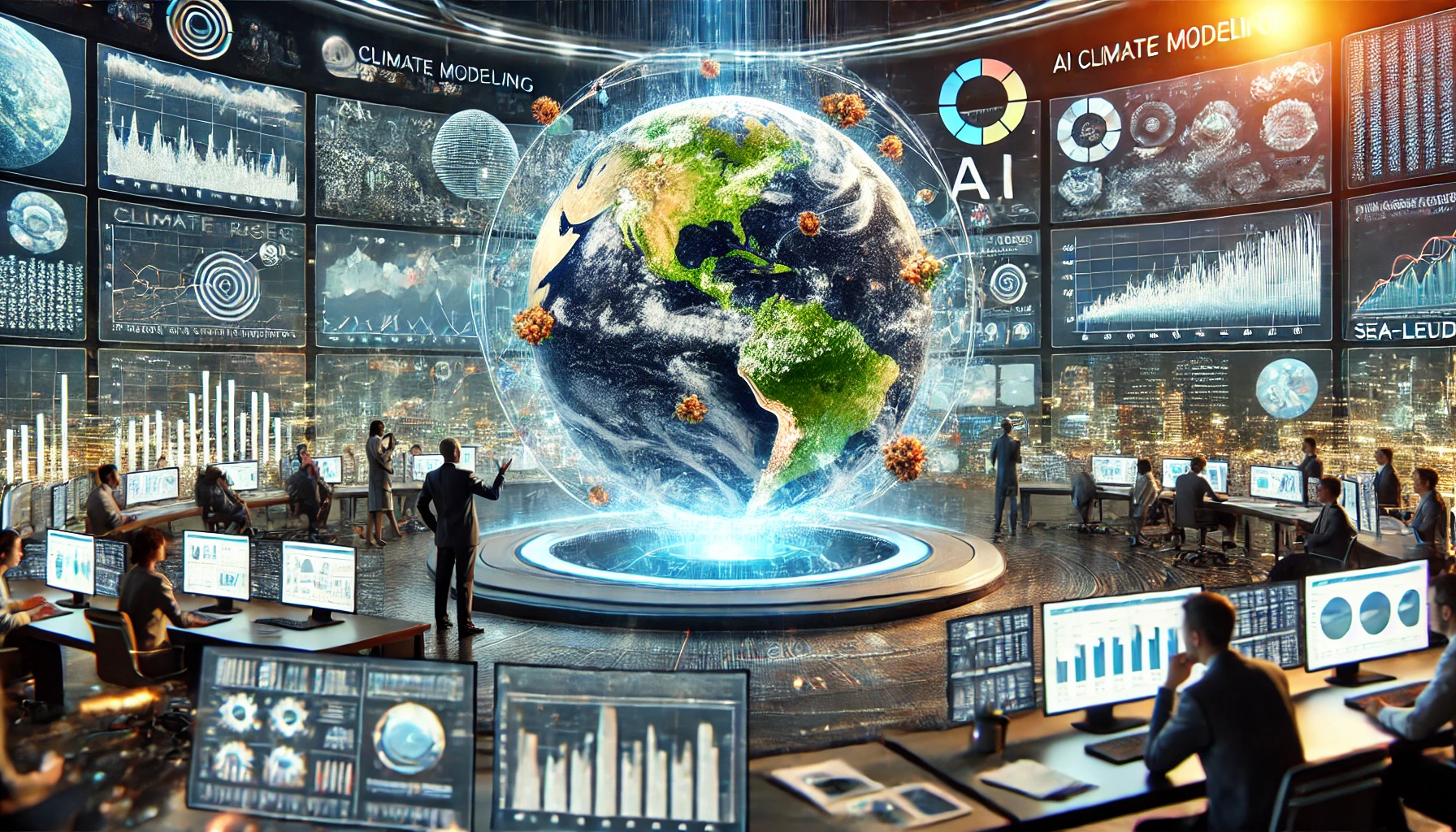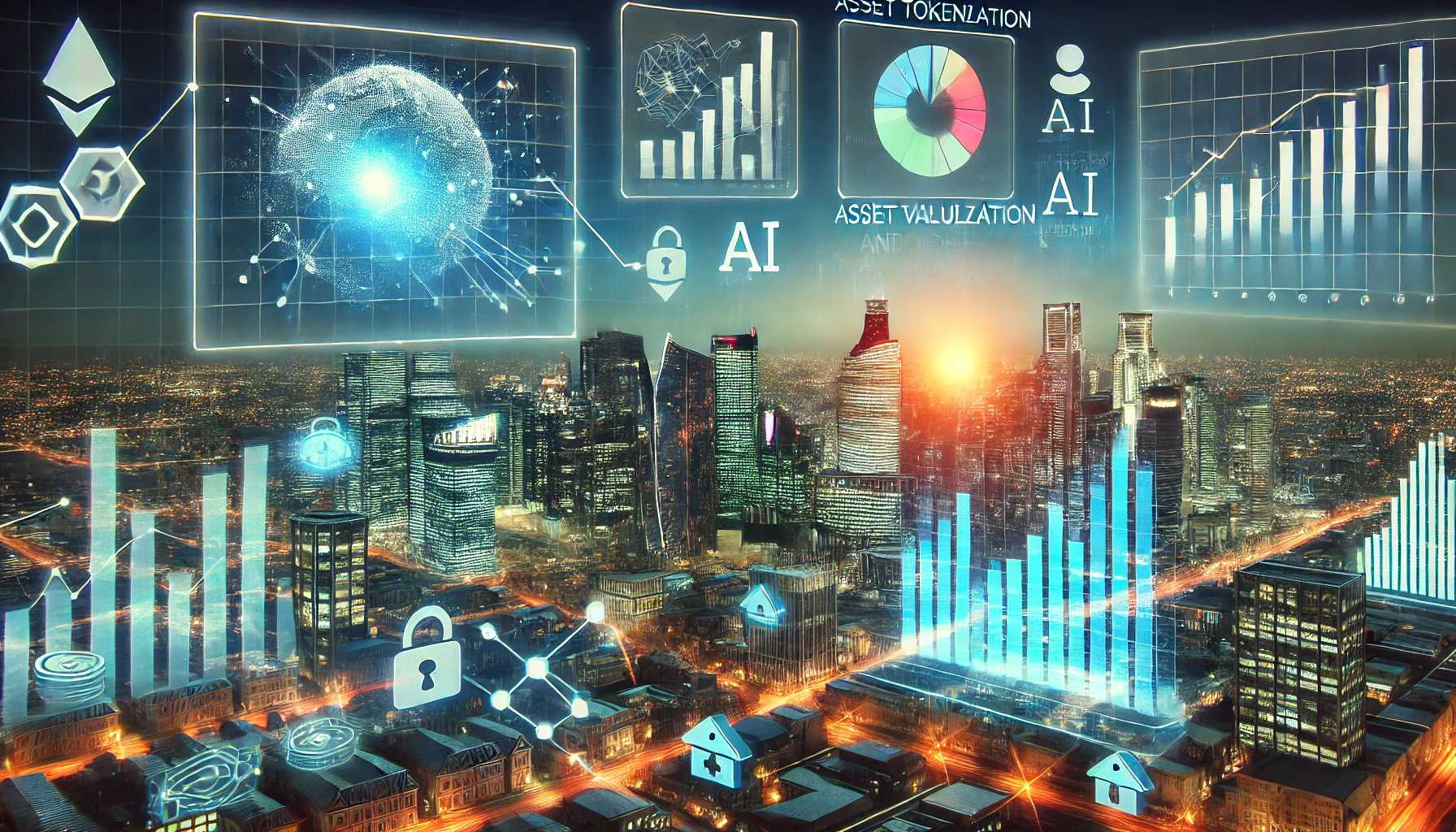As the world faces increasingly urgent challenges related to climate change, policymakers are in need of reliable tools to guide their decisions. One of the most powerful innovations helping shape climate policy today is the use of AI-driven climate models. By leveraging artificial intelligence, these models are simulating future climate scenarios with unprecedented accuracy, providing governments and organizations with the data they need to make informed and effective climate action decisions.
How AI Enhances Climate Modeling
Traditional climate models rely on vast datasets collected over decades to predict future environmental changes, including temperature fluctuations, sea level rise, and extreme weather events. While these models have been useful in providing a broad picture, they often struggle with predicting the full complexity of climate interactions and localized impacts.
AI-driven climate modeling offers a solution by integrating machine learning algorithms capable of analyzing enormous amounts of data at a much faster rate. These models can consider a wider range of variables, including human behaviors, economic patterns, and feedback loops within ecosystems, allowing for more dynamic and detailed simulations of future climate conditions.
For example, AI can help refine predictions about how specific regions will experience temperature changes, rainfall patterns, and sea-level rise, all of which are critical for creating localized climate adaptation strategies. By simulating different greenhouse gas emission trajectories and their long-term impacts, AI models also help visualize the potential outcomes of policy decisions before they are implemented.
Greater Accuracy for Informed Decision-Making
One of the key benefits of AI in climate modeling is its ability to improve the precision of forecasts. These AI-driven simulations can help policymakers understand the possible outcomes of different climate scenarios with greater confidence. Whether it’s understanding the potential impacts of extreme weather on infrastructure or predicting crop yield changes due to shifting rainfall patterns, AI offers more granular insights that help shape resilient strategies for the future.
The improved accuracy of AI models is especially important as climate action deadlines approach. Many governments are setting ambitious goals for net-zero emissions by mid-century, and AI-powered simulations can help identify the most effective pathways to achieving these targets. By considering multiple factors—from energy consumption to carbon pricing mechanisms—policymakers can evaluate a range of options and determine which policies will have the most significant positive impact on the climate.
Real-World Applications
AI-powered climate models are already making waves in key areas such as disaster preparedness and resource management. For instance, these models can help predict the intensity and frequency of hurricanes, floods, and droughts, enabling cities and countries to better prepare for such events and mitigate their effects. In agriculture, AI-driven models are being used to optimize water usage and predict crop production, helping farmers adapt to changing climate conditions.
Beyond predictions, AI is also contributing to the development of climate action tools. By modeling energy consumption and emissions patterns, AI can help optimize renewable energy deployment and assist in the planning of more sustainable urban infrastructures. Additionally, AI is being used to forecast air quality changes, helping cities to implement more effective pollution control measures.
Challenges and Ethical Considerations
While AI has the potential to transform climate modeling, it is not without its challenges. The complexity of the climate system means that even the most advanced AI models cannot predict every variable with complete certainty. Moreover, there is a risk that AI models could be used to prioritize short-term solutions over long-term sustainability, potentially leading to misguided policies.
Ethical considerations also come into play when using AI for climate modeling. Ensuring that AI-generated predictions are transparent, unbiased, and inclusive of diverse data sets is crucial. As AI models are increasingly used to guide critical decisions, there must be checks in place to avoid unintended consequences, particularly in vulnerable communities that could be disproportionately affected by climate change.
The Future of AI-Driven Climate Modeling
As climate change continues to pose existential risks to the planet, the role of AI in driving climate action will only become more essential. With advancements in machine learning and data science, AI-driven climate models will continue to improve in accuracy and scope, offering even more refined insights to guide global efforts to combat climate change.
By combining the predictive power of AI with the expertise of policymakers, scientists, and climate activists, there is hope that more informed decisions will lead to more effective climate mitigation and adaptation strategies. In this way, AI-driven climate modeling could become one of the most valuable tools in the fight to protect the planet for future generations.




